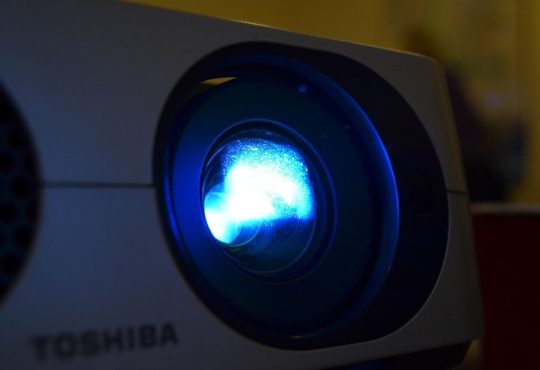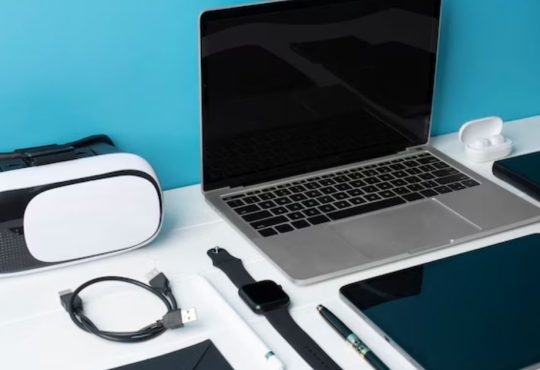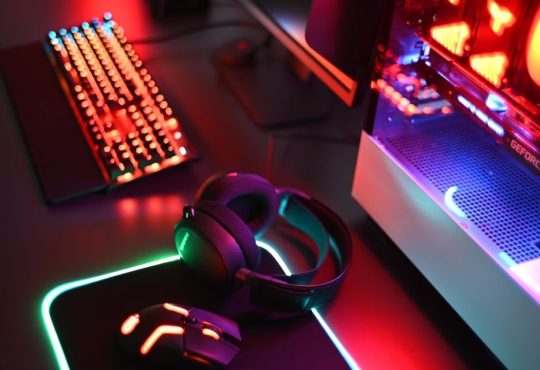Photography is an art form that has evolved immensely over the years. From early film cameras to modern digital devices, the tools we use to capture images have transformed. Among these, DSLR cameras have stood the test of time, offering both amateurs and professionals the versatility and control needed to create stunning visuals.
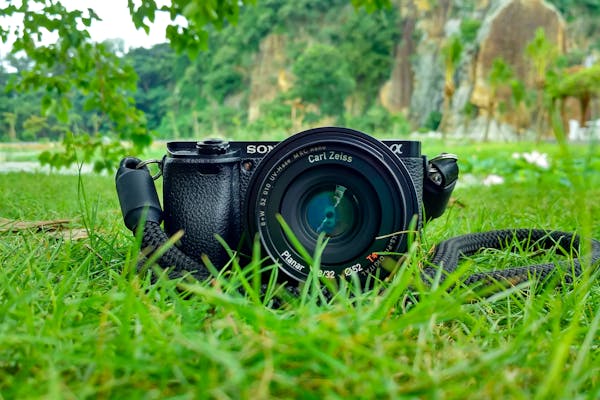
If you’re new to photography or thinking about upgrading to a DSLR, this guide is for you. We will cover everything you need to know about DSLR cameras, how they work, their key components, and how to choose the best starter DSLR camera to kickstart your photography journey.
What is a DSLR Camera?
A Digital Single-Lens Reflex (DSLR) camera is a type of camera that combines optics and the mechanisms of a traditional single-lens reflex (SLR) camera with a digital imaging sensor, as opposed to photographic film. This setup allows the photographer to see directly through the lens using a mirror system, providing a real-time preview of the scene through an optical viewfinder.
The key features that differentiate DSLR cameras from point-and-shoot or mirrorless cameras include:
- Interchangeable lenses: You can switch out lenses depending on the type of photography you’re doing.
- Optical viewfinder: Unlike mirrorless cameras, which use an electronic viewfinder or the rear LCD, DSLR cameras have a direct view through the lens.
- Manual controls: DSLR cameras offer extensive manual controls over exposure, focus, and more.
- Advanced autofocus systems: Many DSLRs have fast and accurate autofocus systems, making them excellent for capturing moving subjects.
How Does a DSLR Camera Work?
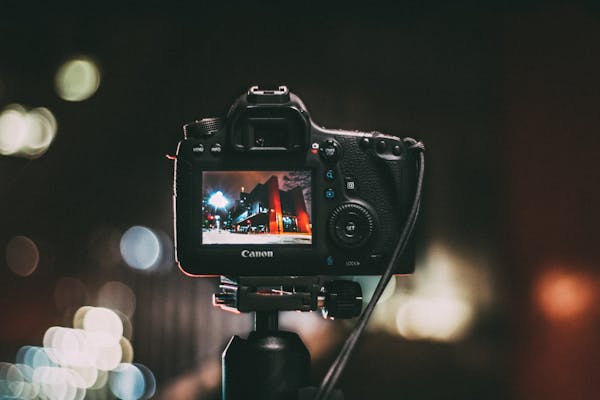
At the heart of a DSLR camera is a mirror mechanism. Here’s a simplified explanation of how it works:
- Light enters the lens: When you point your camera at a subject, light enters the camera through the lens.
- Mirror reflects the light: Inside the camera, a mirror sits at a 45-degree angle and reflects the light upwards into an optical viewfinder.
- Pressing the shutter: When you press the shutter button to take a photo, the mirror flips up, allowing light to hit the image sensor.
- Image capture: The sensor captures the light and converts it into a digital image. This image is then processed and saved onto the camera’s memory card.
Key Components of a DSLR Camera
- Lens: The lens is arguably the most critical part of the camera. Different lenses allow you to shoot wide-angle, telephoto, or macro shots. DSLR cameras have the advantage of interchangeable lenses, meaning you can select the lens that best suits your needs.
- Image sensor: The image sensor is the part of the camera that records the image. Larger sensors generally produce better-quality images, especially in low-light conditions. DSLR cameras typically have larger sensors than point-and-shoot cameras.
- Viewfinder: The optical viewfinder lets you compose your shots. It gives you a direct view of what the camera sees through the lens, thanks to the mirror system.
- Mirror: The internal mirror reflects light from the lens to the optical viewfinder. When you press the shutter button, the mirror flips up, allowing light to hit the image sensor.
- Autofocus system: Modern DSLRs have highly sophisticated autofocus systems with multiple focus points, allowing for quick and accurate focusing.
- Shutter: The shutter controls how long the sensor is exposed to light. A fast shutter speed will freeze motion, while a slower shutter speed can create motion blur or allow more light in low-light conditions.
- Image processor: After the image sensor captures the light, the camera’s processor takes the data and turns it into a photograph. Faster processors can handle more data, meaning quicker shot-to-shot performance and better handling of large image files.
- Memory card: This is where the camera stores your images. DSLR cameras typically support SD, SDHC, or CompactFlash cards, depending on the model.
Benefits of DSLR Cameras

DSLR cameras offer a number of advantages over other types of cameras. Let’s explore the benefits that make them the go-to choice for many photographers.
- Image Quality One of the most significant advantages of DSLR cameras is the superior image quality they offer. This is primarily due to their larger sensors and ability to use high-quality lenses. The combination of these factors results in sharper, more detailed images, even in challenging lighting conditions.
- Interchangeable Lenses DSLR cameras allow you to switch between different lenses based on the type of photography you’re doing. Whether you’re shooting portraits, landscapes, or sports, there’s a lens designed for the task. Some lenses offer wide angles for sweeping landscapes, while others provide telephoto zoom for getting close to distant subjects. This flexibility is unmatched by most point-and-shoot cameras or even some mirrorless models.
- Manual Controls For beginners and professionals alike, manual controls provide an opportunity to fine-tune settings to achieve the perfect shot. While automatic settings work well in many situations, the ability to adjust aperture, shutter speed, and ISO manually allows for creative freedom.
- Low-Light Performance DSLR cameras generally perform better in low-light conditions than other camera types. The larger image sensors and better ISO performance allow photographers to shoot in dim environments without sacrificing image quality.
- Battery Life DSLRs are known for their excellent battery life, primarily because they rely on optical viewfinders instead of power-hungry electronic ones. This makes them ideal for long shoots or when traveling, as you won’t need to charge as frequently.
- Durability Many DSLRs are built to be durable and weather-resistant, making them great for outdoor or adventure photography. Professional-grade models, in particular, are known for their robust build quality.
How to Choose the Best Starter DSLR Camera
For beginners, selecting the best starter DSLR camera can be daunting. With so many options on the market, it’s essential to consider your needs and how you plan to use the camera. Here are some key factors to consider:
- Budget The first thing to think about is your budget. DSLR cameras can range from a few hundred to several thousand dollars. As a beginner, you don’t need to invest in the most expensive model. Entry-level DSLRs offer excellent features without breaking the bank, making them the best starter DSLR cameras for most beginners.
- Ease of Use As a beginner, you want a camera that’s easy to use and understand. Look for models with simple, intuitive menus and user-friendly controls. Some DSLR cameras even come with guides and tutorials built into the camera, helping you learn as you shoot.
- Size and Weight DSLRs can be bulky, so consider the size and weight of the camera, especially if you plan to carry it around for long periods. Entry-level models are generally lighter and more compact, making them easier for beginners to handle.
- Lens Compatibility Before buying a camera, check what lenses are compatible with it. Some entry-level DSLRs come with kit lenses that are great for learning the basics. However, as you grow in your photography skills, you may want to upgrade to more specialized lenses.
- Megapixels While more megapixels do not necessarily mean better image quality, it’s still something to consider. For most beginners, a camera with 18-24 megapixels is more than sufficient for shooting high-quality images and making large prints.
- Autofocus System For action shots or moving subjects, the autofocus system is crucial. Look for a camera with multiple focus points and fast autofocus to ensure you can capture sharp images, even when your subject is in motion.
- Video Capabilities If you’re interested in videography, ensure that the camera you choose can shoot high-quality video. Many entry-level DSLRs offer 1080p or even 4K video recording, which is great for beginners who want to explore both photography and videography.
- Wi-Fi and Connectivity Some newer DSLR models offer built-in Wi-Fi, allowing you to transfer photos to your smartphone or tablet quickly. This feature is especially useful for those who want to share their work on social media instantly.
- Battery Life As mentioned earlier, DSLRs generally have excellent battery life. However, it’s still a good idea to check how many shots you can get per charge, especially if you plan on using the camera for extended periods.
The Best Starter DSLR Cameras for Beginners
Here are some of the top options for the best starter DSLR cameras currently available:
1. Canon EOS Rebel T7
The Canon EOS Rebel T7 is one of the best starter DSLR cameras for beginners. It comes with a 24.1 MP sensor, built-in Wi-Fi, and an easy-to-use interface. The camera is compact and lightweight, making it perfect for those just starting out.
2. Nikon D3500
Another great option is the Nikon D3500. With a 24.2 MP sensor and an intuitive guide mode, this camera is ideal for beginners. It also offers excellent battery life and superb image quality at an affordable price point.
3. Canon EOS 90D
The Canon EOS 90D is a bit more advanced but still a great option for beginners looking to grow with their camera. It features a 32.5 MP sensor, 4K video recording, and a fast autofocus system. This camera is perfect for those who want a mix of photography and videography capabilities.
4. Nikon D5600
The Nikon D5600 offers a 24.2 MP sensor and excellent image quality. It also has a flip-out touchscreen, making it easy to shoot from different angles. The D5600 is lightweight and user-friendly, making it another top contender for the best starter DSLR camera.
5. Pentax K-70
The Pentax K-70 is known for its rugged build quality and excellent image performance. It offers a 24.2 MP sensor, weather-resistant body, and an impressive autofocus system. This camera is perfect for outdoor enthusiasts looking for a durable and reliable DSLR.
Essential Accessories for Your DSLR Camera
Once you’ve chosen the best starter DSLR camera for your needs, it’s time to think about the accessories that will enhance your photography experience. Here are some must-have accessories:
- Extra Lenses As mentioned earlier, one of the main benefits of DSLR cameras is the ability to swap lenses. A good starter kit includes a standard zoom lens, but you may also want to invest in additional lenses for different types of photography. For example, a prime lens with a wide aperture is excellent for portraits, while a telephoto lens is ideal for sports or wildlife photography.
- Tripod A tripod is an essential accessory for long exposure shots, landscapes, and even portraits. It provides stability, allowing you to capture sharp images even in low-light conditions. Make sure to choose a sturdy but lightweight tripod, especially if you plan to carry it around frequently.
- Camera Bag A good camera bag is essential for protecting your equipment and making it easier to carry around. Look for a bag with compartments for your camera body, lenses, and other accessories like memory cards and batteries.
- Memory Cards Memory cards are crucial for storing your photos. It’s a good idea to invest in high-speed cards, especially if you’re shooting in burst mode or recording video. Having multiple memory cards is also useful so you can switch them out when one fills up.
- External Flash While DSLRs have built-in flashes, an external flash offers more control over your lighting. It can be particularly helpful in low-light situations or when you need to soften the shadows in your photos.
- Extra Batteries DSLR cameras are known for their long battery life, but it’s always a good idea to have a few extra batteries on hand, especially if you’re shooting for an extended period.
Tips for Getting the Most Out of Your Starter DSLR Camera
Once you’ve chosen your best starter DSLR camera, here are some tips to help you get the most out of your new equipment:
- Learn the Basics of Photography While DSLR cameras offer automatic settings, learning the basics of manual controls will significantly improve your photography skills. Understanding aperture, shutter speed, and ISO will allow you to take better photos in different lighting conditions and achieve more creative effects.
- Experiment with Different Lenses One of the main advantages of DSLR cameras is the ability to change lenses. Experimenting with different lenses will allow you to explore various types of photography, from landscapes to portraits to macro photography.
- Use a Tripod A tripod can help you take sharper photos, especially in low-light conditions. It’s also useful for long exposure shots, where even the slightest movement can result in blurry images.
- Practice with Different Settings Don’t be afraid to experiment with different settings on your camera. Try shooting in different modes like aperture priority, shutter priority, or manual mode. This will help you get a feel for how each setting affects the final image.
- Edit Your Photos Post-processing is an essential part of modern photography. Even the best photos can benefit from some editing to adjust exposure, contrast, or color balance. There are many free and paid photo editing software options available that can help you enhance your images.
Choosing the best starter DSLR camera is an exciting step in your photography journey. Whether you’re a hobbyist looking to capture memorable moments or an aspiring professional honing your craft, a DSLR camera offers the flexibility, control, and image quality you need to create stunning visuals. By understanding the key components, benefits, and features of DSLR cameras, you can make an informed decision and start capturing beautiful images right away.



